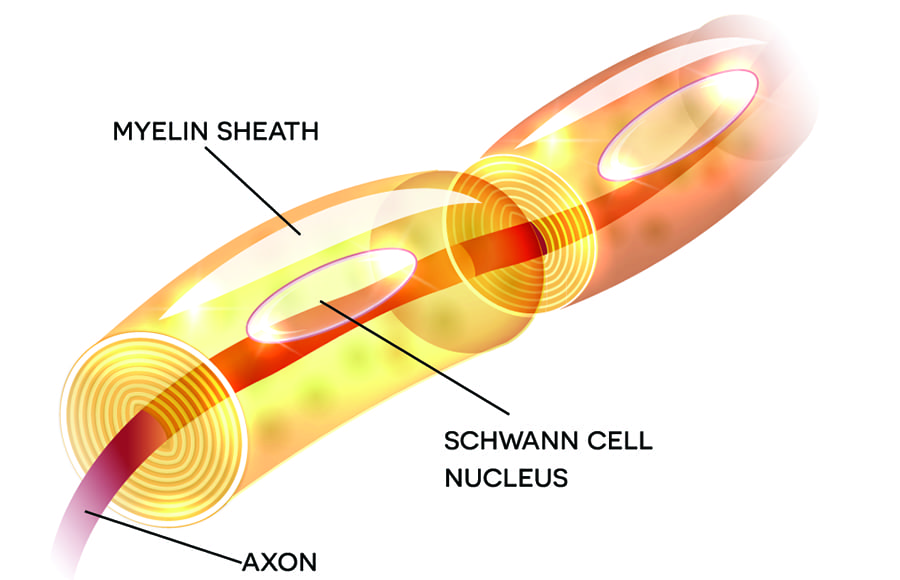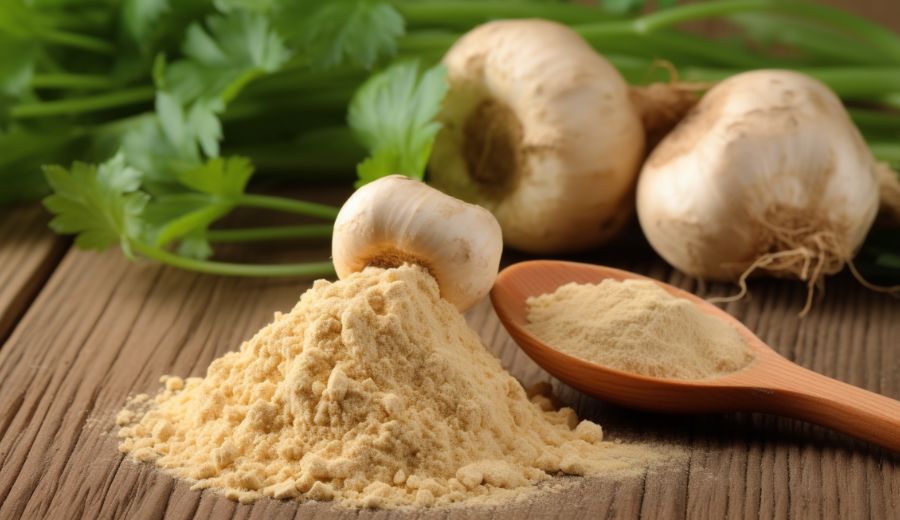Strengthen Myelin Sheath: Harnessing Nature’s Best for Optimal Nerve Function
Myelin sheaths are insulating layers that surround the nerves. Made up of protein and fatty tissue, the sheath enhances and speeds up electrical impulses throughout the body. Together with the brain and spinal cord, nerves send and transmit signals that control virtually every function in the body.
When it comes to enhancing health and wellbeing, myelin sheaths seem like such a small role to play. However, they are essential for our overall health and wellbeing. Just as nerves affect every part of our physical body, our myelin sheaths impact each aspect of our health. Healthy nerves can provide a substantial boost to our overall health. Some include:
- Improved mood
- Boosted energy
- Enhanced focus and concentration
- Improved Memory
In fact, the strength of our myelin sheaths even plays a role in intelligence and cognitive performance! If you want a way to improve your mental health and productivity, myelin sheaths are critical.
Herbs and Mushrooms for Myelin Sheaths
While lifestyle choice can be a crucial factor in nerve health, modern life doesn’t allow us to make the best choices all the time. Getting extra help through herbs and supplements is necessary to maintain our health and wellbeing.
Whether we want to reduce our risk of nerve disorders or boost cognition and health, herbs can help.
Herbs can provide a powerful boost along with healthy lifestyle changes. Neuro Regen includes ingredients to help enhance remyelination. Some of the nerve strengthening ingredients include:
Lion’s Mane
Lion’s mane is a white fungus that earned its name because of its long, shaggy spines that look like a lion’s mane. Practitioners have long revered lion’s mane for its health-promoting properties. Modern research has started to catch up, and studies document its numerous health benefits.
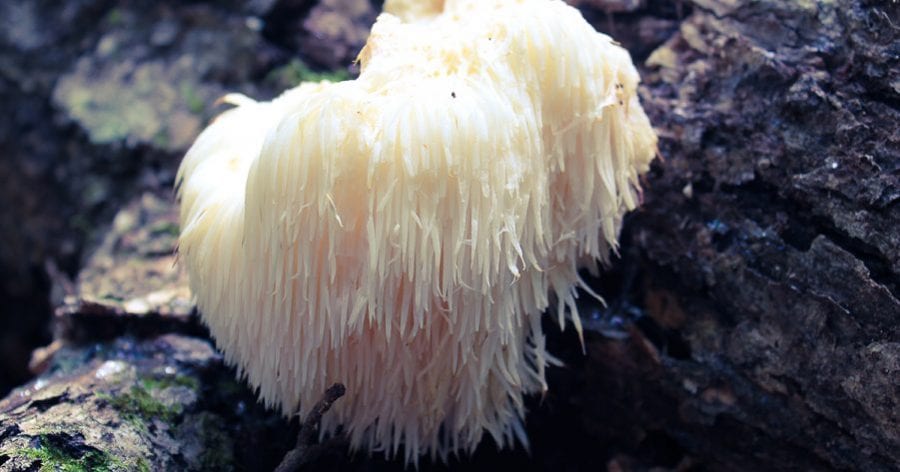
Some of this research has uncovered lion’s mane’s powerful effect on the nerves. One study on rats found that it could help enhance nerve growth.
A study on human cells found that lion’s mane promoted normal nerve development, particularly the myelin formation. Researchers stated that it “demonstrated a regulatory effect on the process of myelin genesis.” It regulated and stimulated myelination at a quick rate, which had a beneficial effect on the growth of myelin.
The reason lion’s mane could be mighty for nerve formation is its ability to stimulate Nerve Growth Factor (NGF). It can pass through the blood-brain barrier to encourage the production of NGF in the Central Nervous System (CNS).
NGF plays a critical role in the myelin sheath. Researchers study NGF for its potential ability to encourage myelin repair. Studies indicate that it signals the direct development of myelinating glia. Ingredients, such as lion’s mane, that stimulate NGF can play a powerful role in enhancing the health of myelin sheaths.
Because lion’s mane can stimulate NGF directly, it can provide a needed boost for myelination. It gives an overall helpful tonic for the nerves and the ability to help the myelin sheaths.
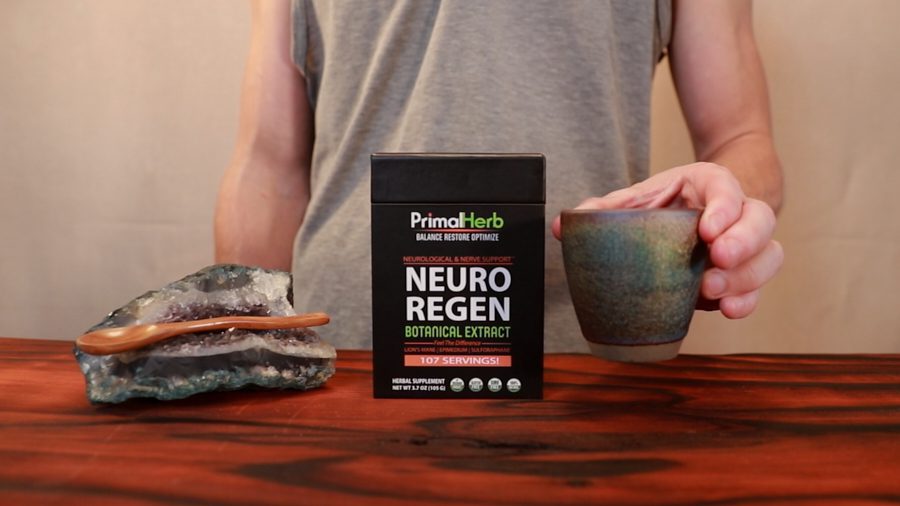 Learn More About Neuro Regen – Click Here
Learn More About Neuro Regen – Click Here
Epimedium
Also commonly known as horny goat weed, health practitioners have used epimedium as a health tonic. With a wide range of flavonoids and antioxidants, the flowering plant can provide a strong boost to the entire body. The nerves are no exception.
One antioxidant in particular, icariin, has been the subject of many studies. Researchers found that it can provide many health benefits, including enhancing myelination and nerve regeneration.
While boosting the myelin sheaths can be useful for improving health, it is critical for those experiencing Multiple Sclerosis. Multiple Sclerosis (MS) is a condition where the immune system attacks the myelin sheaths. The body is unable to stop the damage or repair the myelin. The disease can show up anywhere from ages 20-50 and affects up to 1 million Americans a year.

Unfortunately, there is no known remedy for MS. There is currently only one medication, Ocrelizumab, that has any effect on the condition. Even then, the drug can only modestly slow MS’s progression. However, there are measures that patients can take to help improve the health of their myelin sheaths.
A 2019 review looked at the effectiveness of various MS therapies. They looked at over 100 different treatments for MS to identify which ones could be effective. Researchers found that the flavonoids in epimedium “significantly enhanced remyelination.”
Another study on rats wanted to look at the effects of icariin and epimedium extract on the nerves after they experienced damage. The study found that there was greater nerve regeneration over the control group. Researchers concluded that epimedium could be helpful to promote peripheral nerve regeneration. They also noted that it could improve function in damaged nerves.
A third study on rats found that the flavonoids in epimedium reduced neuroinflammation, or inflammation in the brain. It also enhanced myelination and protected myelin sheaths.
A 2015 study wanted to look at epimedium’s effect on the nerves after injury. They supplemented the rats with icariin for 12 weeks. Afterward, they found that rats that received icariin had notably greater myelin sheaths that those who did not. Researchers stated that they suspect icariin acted as a nerve growth factor-releasing agent.
It’s important to note that these studies are mostly limited to animals at this point. However, the research is up-and-coming and warrants further investigation as a boost for myelin sheaths.
Sulforaphane
Most of us try to eat vegetables regularly to keep healthy and stave off disease. Researchers have found one of the health-promoting factors in vegetables and isolated it in sulforaphane. It is a compound that is found in veggies such as broccoli, cabbage, and cauliflower.
Sulforaphane has been the subject of much research. It has exciting implications for all different aspects of nerve health. Research has linked it to improving the outcome of many nerve disorders.
Studies have found it helpful in reducing the symptoms of Parkinson’s disease. In addition, research has studied its role as a therapeutic agent for Huntington’s disease. It also could have neuroprotective effects for those who experience injury to their nerves.
Sulforaphane’s nerve-boosting ability comes from its ability to improve the signaling of NGF receptors. One study on rat cells found that it improved NGF signaling. Improved NGF receptors, as discussed above, encourages myelin repair and directs the development of myelin sheaths. It also improves nerve health overall and can provide a helpful boost for the nervous system.
Researchers have not studied sulforaphane and its effect on myelin sheaths directly. However, there is enough research to show that it can potentially be helpful for nerve health as a whole.
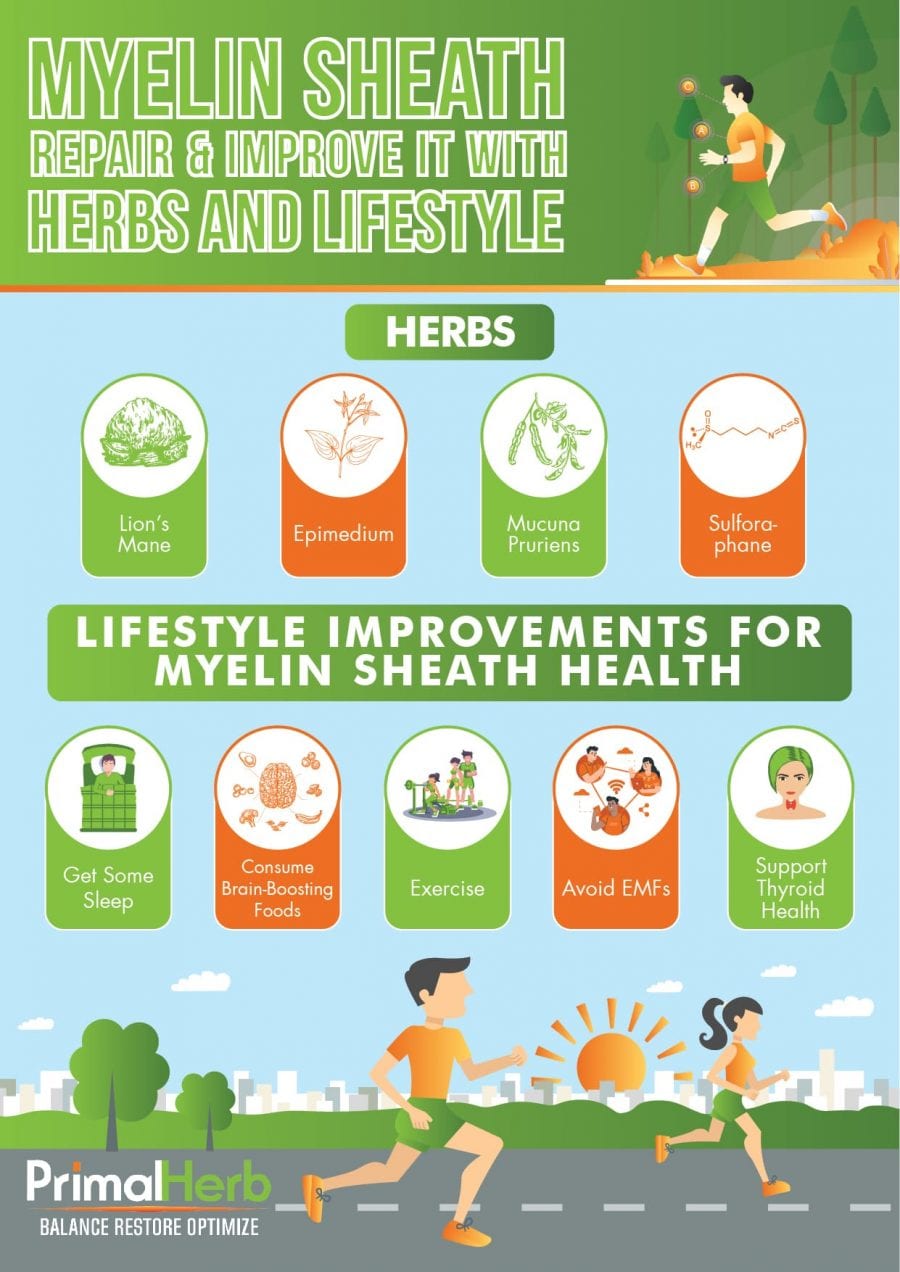
Lifestyle Improvements for Myelin Sheath Health
Herbs and supplements can be useful and provide extra health in general. Research has pointed to the exciting potential of mushrooms and supplements. However, it’s hard to out-supplement an unhealthy lifestyle.
The largest effect on our myelin sheath and health, in general, is how well we care for our body and mind. Once a healthy lifestyle is implemented, supplements can work more effectively. They can improve nerve health when in tandem with some of the tips below.
Here are some lifestyle tips to improve the myelin sheath.
Get Some Sleep
Sleep is essential for virtually every aspect of our health. From an evolutionary perspective, rest seems counterintuitive since it makes us vulnerable. Researchers have not been able to pinpoint the exact reason why all mammals sleep. However, we do know that the body uses sleep to repair the body. We also know that without sleep, our body suffers.

It’s no surprise, then, that sleep is essential for nerve health. Sleep is critical for the creation of oligodendrocyte precursor cells (OPC). These cells are what lead to myelination and the foundation of our myelin sheaths.
One study on mice found that the production of OPC doubled while the mice slept. Researchers found that sleep-wake cycles were crucial for healthy oligodendrocytes. They also found that the creation of OPC was highest during REM sleep.
However, it’s not just getting a solid 7-9 hours that makes the difference in nerve health. Quality of sleep is what makes a significant difference in healthy nerves. Sleep hygiene is a critical part of a healthy lifestyle.
Melatonin, or the sleep hormone, plays a key role in myelin formation. Research found that melatonin decreases the inflammation associated with demyelination. Increasing melatonin through sleep hygiene, then, can help build healthy myelin sheaths.
Some ways to increase melatonin include:
- Go to sleep and wake up around the same time every day.
- Avoid blue lights before bed. Turn off the TV and put down the phone at least an hour before bed.
- Sleep in a dark room. Turn off the nightlight and invest in blackout curtains.
- Get morning sunlight first thing upon waking.
These will help your body regulate your sleep-wake cycles, which make it easier for your body to create and repair your nerves.
Consume Brain-Boosting Foods
Your brain can only build off of what you feed it. Like sleep, a high-quality diet can provide a wide range of benefits for your health and wellbeing.
However, exactly what constitutes a healthy diet is the subject of much debate. However, all experts recommend cutting back on sugar, processed food, and human-made fats for better health.
Research into nerve health and diet also found a couple of critical factors for health:
Ketones. Doctors developed the ketogenic diet in the 1930s as a treatment for epilepsy. However, it has recently gained popularity. It’s useful for improving brain health in general, as well as weight loss, lowering blood sugar, and clearing the skin, amongst other benefits.
When carbohydrates are restricted in the diet, the body enters ketosis and uses fat as an alternative source. These ketones are a great source of energy for the Central Nervous System. Animal studies show that ketones can help encourage health myelination.
An in vivo study showed that ketones are essential for active myelination. In addition, a 2015 study showed that it improved hypomyelination, meaning that it helped to boost myelination. Another study on rat development found that ketones were helpful for brain development and myelination.
A ketogenic diet could help boost myelination in the nervous system. However, supplementing with ketones could also be useful as well.
Get the Right Fat. For many years, nutrition experts have pegged fat as the enemy. However, more research has shown that sugar is far more detrimental than fat on health.
The right kinds of fats are not the enemy they are made out to be. In fact, they are critical for the brain and nerves. Myelin sheaths are made up mostly of fat and carbohydrates, so healthy fats could be useful for their development.
Unprocessed and whole fats are helpful building-blocks for myelin sheaths. Olive oil, coconut oil, eggs, wild-caught fish, even pasture-raised butter and lard can all improve myelination.
Likewise, cholesterol is essential for myelin sheaths. Research found that without the right amount of cholesterol in the diet, nerve growth is limited.
Exercise
Exercise can strengthen the nerves as well as the muscles. In fact, a study on patients with MS found that exercise improved specific areas of the brain. These areas thickened, which suggested preservation or regeneration of brain tissue.
An ideal diet is not always possible. However, exercise can provide some protective measures against a bad diet. One study on rats found that a poor diet and sedentary lifestyle were associated with cognitive decline. However, when they exercised, even while on the same diet, they had boosted myelin protein expression.
In the study of MS patients, they found that resistance training was especially useful for myelin sheaths. The participants did free weights, elastic bands, and exercise machines to get regular workouts.
Avoid EMFs
Still a relatively new topic, EMF is a growing concern in the health community. Research is beginning to find that EMF exposure could cause more health problems than they realized in the past.
One paper found an association between EMF exposure and myelin deterioration. Although more research is needed, it would be wise to limit exposure until its safety can be established.
It’s difficult, if not impossible, to altogether avoid EMF exposure. However, there are simple measures to take to reduce exposure. Turning off Wi-Fi at night, for example, can be very useful in giving the body a break from EMF.
Support Thyroid Health
The thyroid and myelin sheaths are intricately linked. Studies found that thyroid hormones stimulate the expression of myelin protein genes. A study from 2016 found that it enhances the maturation of cells in myelination as well.
The nutrients that support the thyroid support myelination, as well. Iodine is a critical diet for thyroid health that the modern diet lacks the most. Research shows that iodine deficiency, as well as a lack of thyroid hormones, impair myelination.
Keep your thyroid in top shape to improve your myelination.
Improve Myelination for Improved Health
Myelination is the foundation of much of our overall health. The healthier and thicker they are, the easier our nerves can communicate with the rest of our body. This creates more energy, focus and concentration, and various health benefits.
Neuro Regen offers the right mixture of herbs and mushrooms to keep the nerves in top shape.
GET SOCIAL – LIKE, COMMENT, PIN, AND SHARE!
Recommended
Elevate Your Memory: Nature’s Best for Cognitive Boost
It can be frustrating, the way it infiltrates anything and everything in one’s routine. At first, we might not be able to put a finger on what’s going on, or even think of it as …
Deficiency to Vitality: The Role of Maca, Epimedium, Tribulus, & Goji Berry
One of the most fundamental aspects of Traditional Medicine is the concept of yin and yang. They are opposite but complementary forces that are essential in balance for optimal health. Too much or too little …
Unleashing Siberian Eleuthero: From Energy Boosts to Stress Relief & Beyond
Herbs can be powerful tools for health. Over time, research has revealed certain botanicals to have numerous benefits. Plants like schisandra, rhodiola, and he shou wu are great examples—but turning to just one herb isn’t …
- Exclusive Offers
- Product Giveaways
- Latest Research
- New Product Launches

